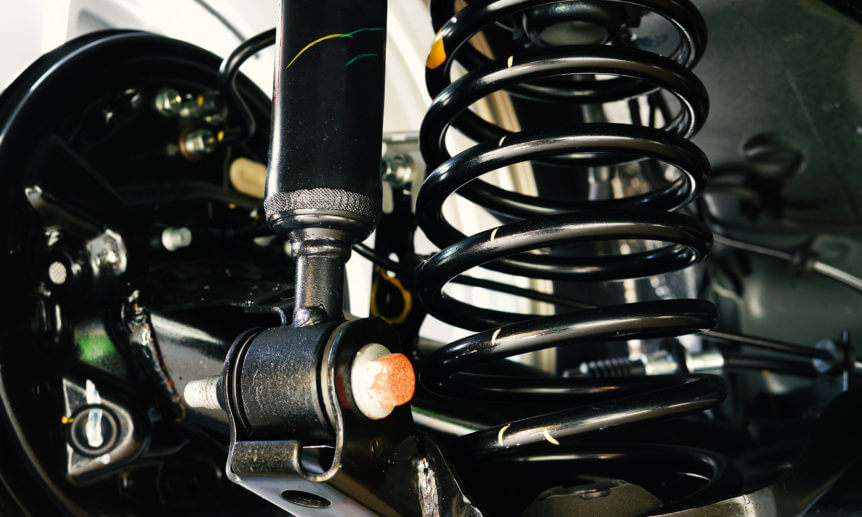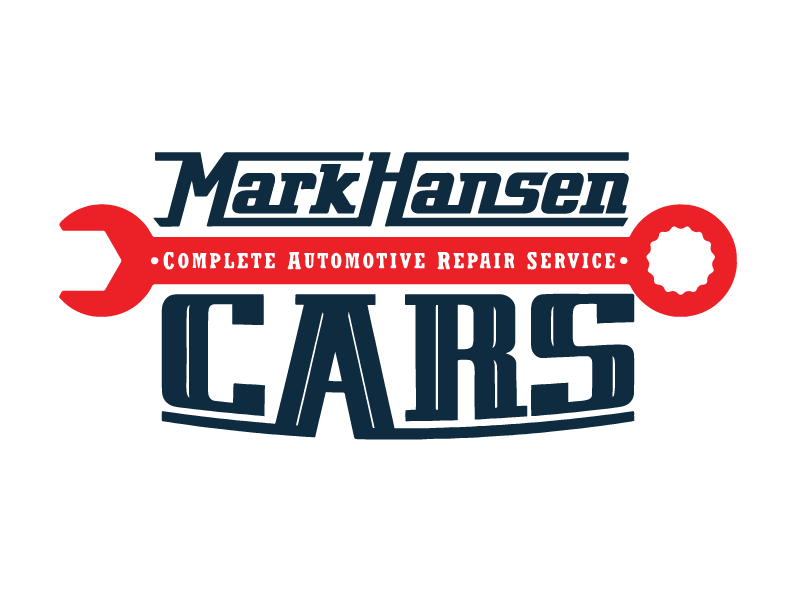An Introduction into Steering
The steering and suspension systems of a car are not only important for safety reasons but also to enhance the comfort of your car’s ride. The two systems are directly related to each other, which is why they are often referred to together. Improvements in steering and suspension systems, increased strength and durability of components, and advances in tire design and construction have made large contributions to riding comfort and to safe driving in recent years.
Back in the earliest days of automobile development, when most of the car’s weight (including the engine) was on the rear axle, steering was a simple matter of turning a tiller that pivoted the entire front axle. When the engine was moved to the front of the car, complex steering systems had to evolve.
Today, there are two basic types of steering systems:
1) Standard Mechanical (reciprocating ball) Steering and
2)Rack and Pinion Steering.
The standard mechanical steering can be either power-assisted, or non-power. Rack and pinion is almost always power-assisted, although there are rare cases where it is not.
An Introduction into Suspension
A complete strut assembly is a combination of two main parts: A Spring; and A Shock Absorber.
(Sometimes the term strut refers to the shock absorber portion only, but other times the term is used to denote the entire assembly including the spring).
The spring, which is almost always a coil spring (spiral shaped), supports the weight of the vehicle and absorbs large bumps. The shock absorber, which is fitted either above, below, or right down the middle of the coil spring, also supports some or all of the vehicle’s weight but its main function is the same as that of any shock absorber, to dampen vibrations.
Despite its name, a shock absorber doesn’t absorb shock directly — that’s the job of the spring — rather, it stops the vehicle from bouncing up and down after a bump. Because of its weight-bearing design, a strut has to be much stronger than a normal shock absorber.
In a vehicle, shock absorbers reduce the effect of traveling over rough ground, leading to improved ride quality and vehicle handling. While shock absorbers serve the purpose of limiting excessive suspension movement, their intended sole purpose is to dampen spring oscillations. Shock absorbers that use valving of oil and gasses to absorb excess energy from the springs.
Spring rates are chosen by the manufacturer based on the weight of the vehicle, loaded and unloaded. Some people use shocks to modify spring rates but this is not the correct use. Along with hysteresis in the tire itself, they damp the energy stored in the motion of the unsprung weight up and down. Effective wheel bounce damping may require tuning shocks to an optimal resistance.
Spring-based shock absorbers commonly use coil springs or leaf springs, though torsion bars are used in torsional shocks as well. Ideal springs alone, however, are not shock absorbers, as springs only store and do not dissipate or absorb energy. Vehicles typically employ both hydraulic shock absorbers and springs or torsion bars. In this combination, “shock absorber” refers specifically to the hydraulic piston that absorbs and dissipates vibration. Now, composite suspension system are used mainly in 2 wheelers and also leaf spring are made up of composite material in 4 wheelers.


